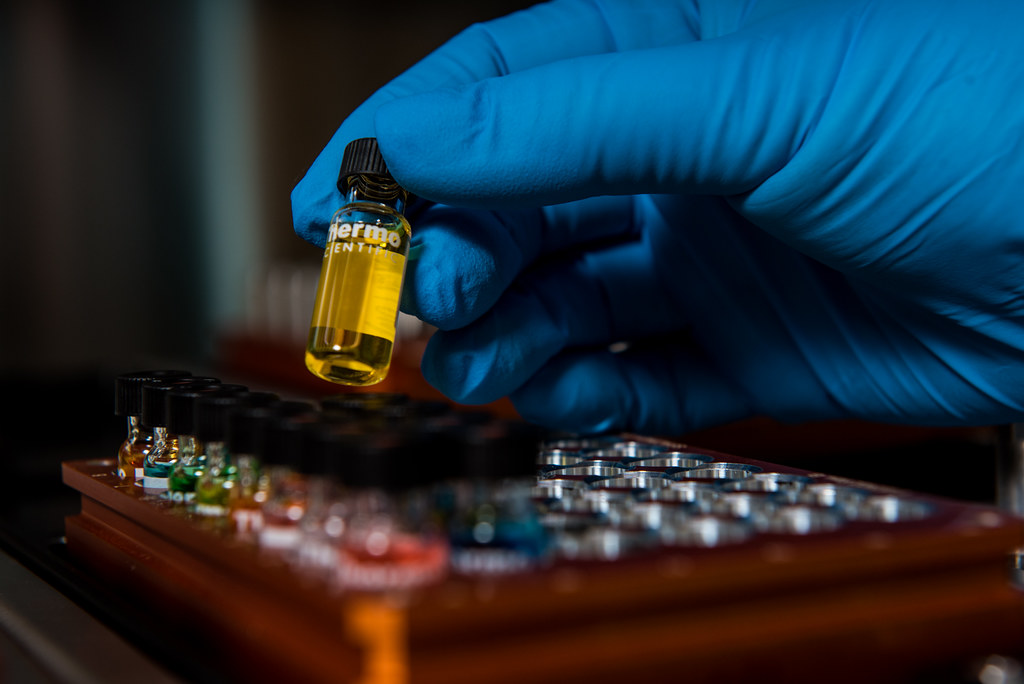In the field of drug discovery, time is of the essence. Scientists are constantly searching for ways to streamline the process of screening potential drug candidates. High throughput screening (HTS) systems have revolutionized the way drugs are discovered and developed. These systems allow researchers to test thousands of compounds in a short period of time, significantly increasing the chances of finding a potential drug candidate. However, the process of screening such a large number of compounds can be time-consuming and labor-intensive. That’s where automation comes in.
Increasing Efficiency with Automation
One of the key benefits of automating high throughput screening systems is the increase in efficiency. Manual screening of thousands of compounds would require a significant amount of time and effort. By automating the process, scientists can save valuable time and resources. Automated systems can perform tasks such as compound handling, plate preparation, and data analysis with speed and precision. This allows researchers to focus on more important activities, such as data interpretation and decision making.
Automation also reduces the risk of human error. In manual screening, even the most careful scientists can make mistakes. These errors can lead to inaccurate results and wasted resources. Automated systems, on the other hand, are designed to minimize human intervention and ensure consistent and reliable results. With advanced robotics and sophisticated software, HTS systems can accurately handle and process large volumes of samples, reducing the chances of errors and increasing the reliability of the screening process.
Accelerating Drug Discovery
The automation of high throughput screening systems has significantly accelerated the drug discovery process. Traditional methods of drug discovery can take years to identify potential drug candidates. With HTS automation, scientists can screen thousands of compounds in a matter of days or weeks. This allows for a faster identification of hit compounds and a more efficient use of resources.
Furthermore, the use of automation in HTS systems has enabled researchers to explore larger chemical libraries. In the past, the size of the screening library was limited by the capacity of manual screening methods. With automation, scientists can now screen libraries containing millions of compounds. This increased screening capacity has opened up new possibilities for drug discovery and has led to the identification of novel drug candidates that may have otherwise been missed.
Conclusion
High throughput screening system automation has revolutionized the field of drug discovery. By increasing efficiency, reducing human error, and accelerating the screening process, automation has enabled scientists to screen larger libraries of compounds and identify potential drug candidates more quickly. With continued advancements in technology, we can expect automation to play an even bigger role in the future of drug discovery, ultimately leading to the development of more effective and life-saving drugs.
